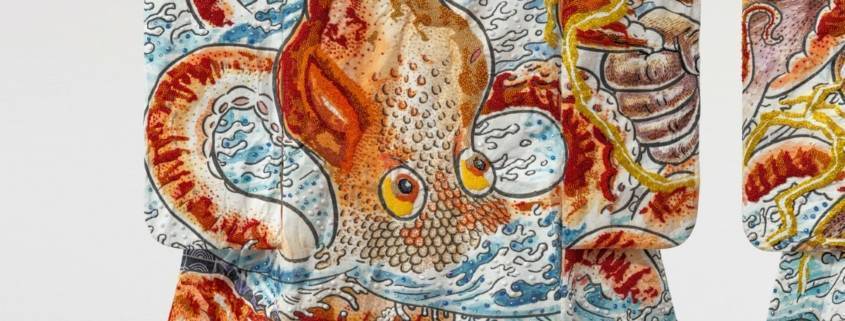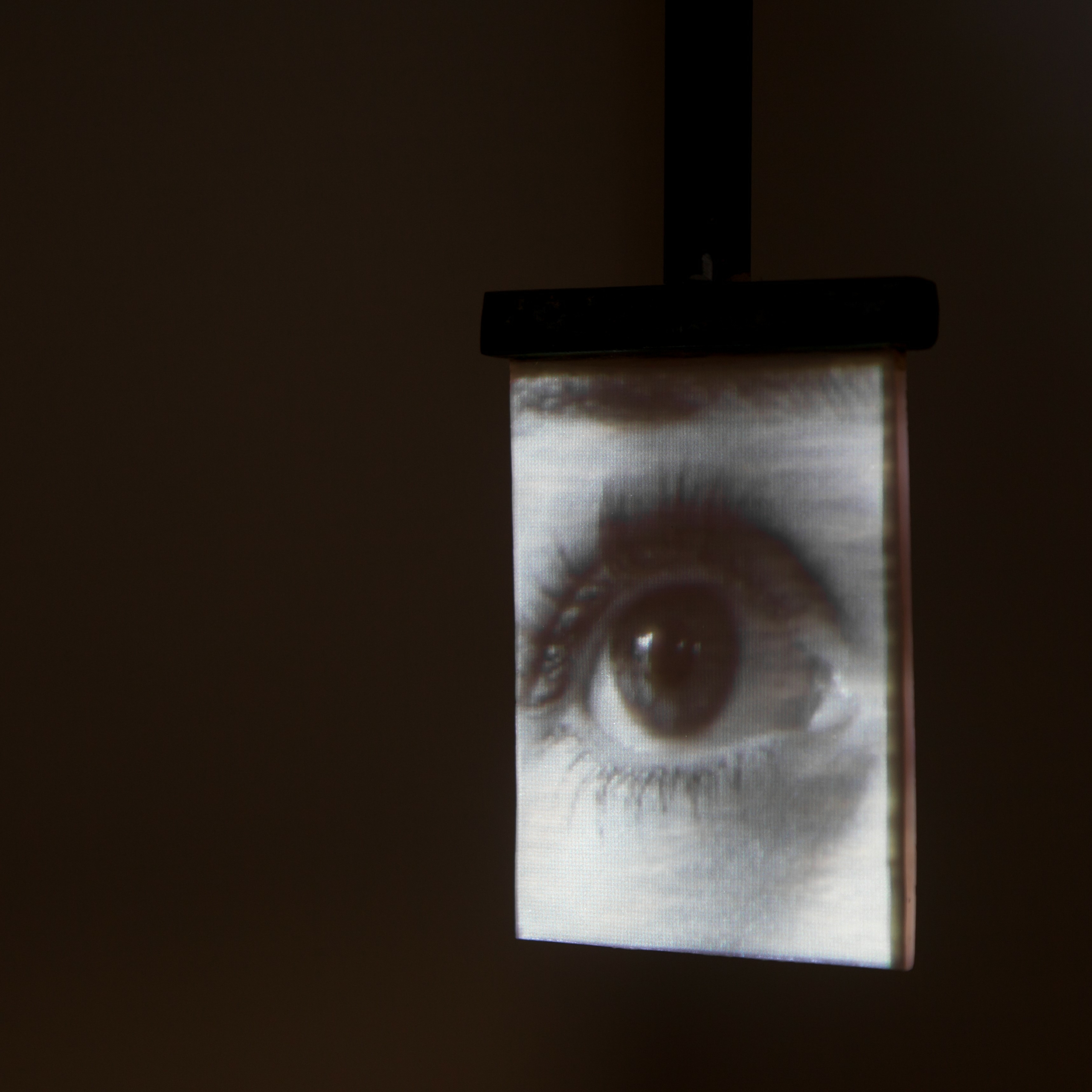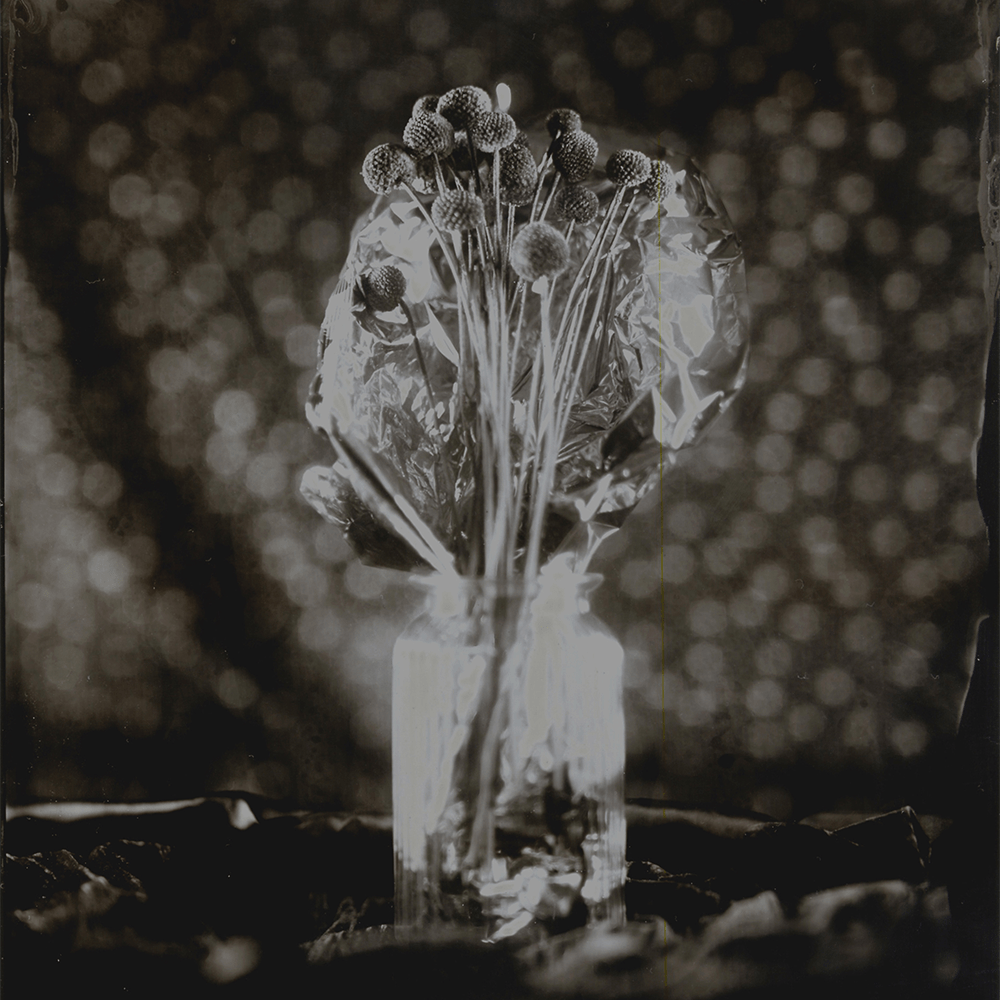

Yuki Kihara, サ-モアのうた (Sāmoa no Uta) A Song About Sāmoa – Taiheiyō (Pacific), 2023, installation view. 5 piece installation, Sāmoan siapo, textiles, beads and plastic, 175 x 141 x 25cm each. Courtesy: the artist and Milford Galleries, Dunedin.
Reprising and adapting the narratives and symbolism of the 1962 Japanese sci-fi film King Kong vs. Godzilla (directed by Ishiro Honda), Yuki Kihara builds an incisive, timeless visual parable about imperialism, colonialism and the reality of nuclear waste in the Pacific in five kimonos which present key elements of that film.
In 2015, Kihara visited Fukushima prefecture, where the Fukushima Daiichi Nuclear Power Plant, damaged March 11, 2011 from a 9.1 magnitude earthquake and tsunami, is located. Run in conjunction with General Electric and Tokyo Electric Power Company, Fukushima was one of the fifteen largest nuclear power stations in the world, the devastation and destructive damage being so considerable that the releases of radioactivity continue to this day. In April 2021, the Japanese Government approved the discharge of radioactive water into the Pacific Ocean over the course of 30 years with the first discharge occurring August 24, the second commencing on October 5 and taking place over the following seventeen days.
Also in the Fukushima Prefecture is the Spa Resort Hawaiians (SRH) which functions as a theme park. It opened January 15, 1966, replacing the Joban coal field which during WW2 had become Japan’s largest mine, due in no small part to the use of the forced labour of Allied Prisoners of War. By the 1960s, nearing the end of its useful life, the owners switched direction using the area’s hot springs as the foundation idea, overlaying a Hawaiian theme and the aesthetic of Polynesian tourism as embodied by its well-known Hula Girls dance troupe. SRH was the venue for the PALM8 Summit (Eighth Pacific Islands Leaders Meeting) in May 2018, chaired by Samoan Prime Minister Tuilae’pa Sailele Malieolegaoi and hosted by Japan Prime Minister Shinto Abe with a Hula Girl appointed as a PR Goodwill Ambassador for PALM8. The PALM Summit is viewed as a key component in Japan’s Pacific hegemony, and as such clearly a continuation of the Godzilla versus Kong dichotomy.
Underpinning the Kong vs Godzilla narratives and symbolism explicitly referenced by Kihara are more substantial dialogues about how everything is interconnected, that the Pacific Ocean unites rather than separates, that the action and decisions of one ultimately affects all. It is after all, a direct consequence of the US-Japan technological and imperial alliance that the reality of nuclear waste discharging into the Pacific Ocean for at least the next thirty years must impact all who live there – not just the people on the dispersed islands of the Pacific but the ecology, marine life and fisheries.
Masking the message and massaging the message may be the objectives of governments, industrial and technological corporations and indeed tourism resorts worldwide but that does not mean all are blinded to what is going and how. Yuki Kihara’s サ-モアのうた (Sāmoa no Uta) A Song About Sāmoa- Taiheiyō (Pacific) while visually and narratively compelling, sited inside the symbolism of cultural icons, is also a poem of despair and a clarion call to those who may listen.
Follow this artist
Sign up to receive the latest updates on this artist including exhibitions, VIP previews, landmark events, news and milestones.



